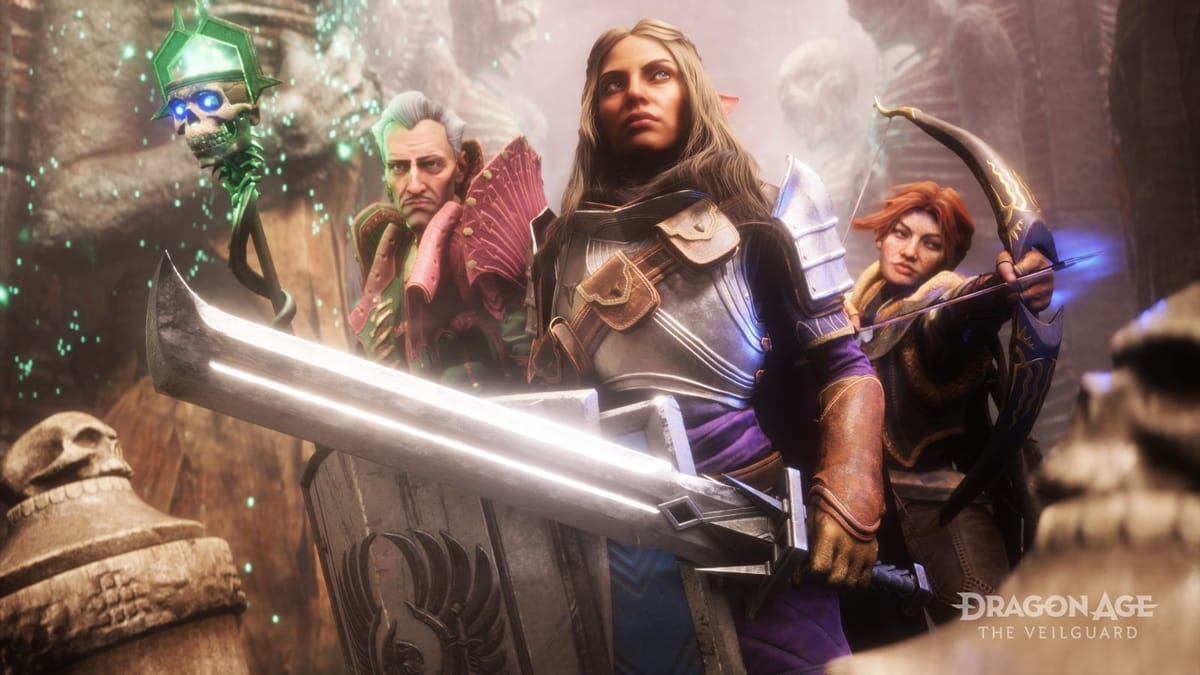
It’s hard to know where to start for a preview for a game as big as Dragon Age: The Veilguard, as even with nearly 8 hours of gameplay, I feel like I’m just scratching the surface. We recently headed out to Electronic Arts for an opportunity to try to do just that. Like any good story, it starts in a bar, with a missing contact, and your very first choice. I’m Ron Burke, Editor in Chief for GamingTrend.com and this is our hands-on preview with Dragon Age: The Veilguard.
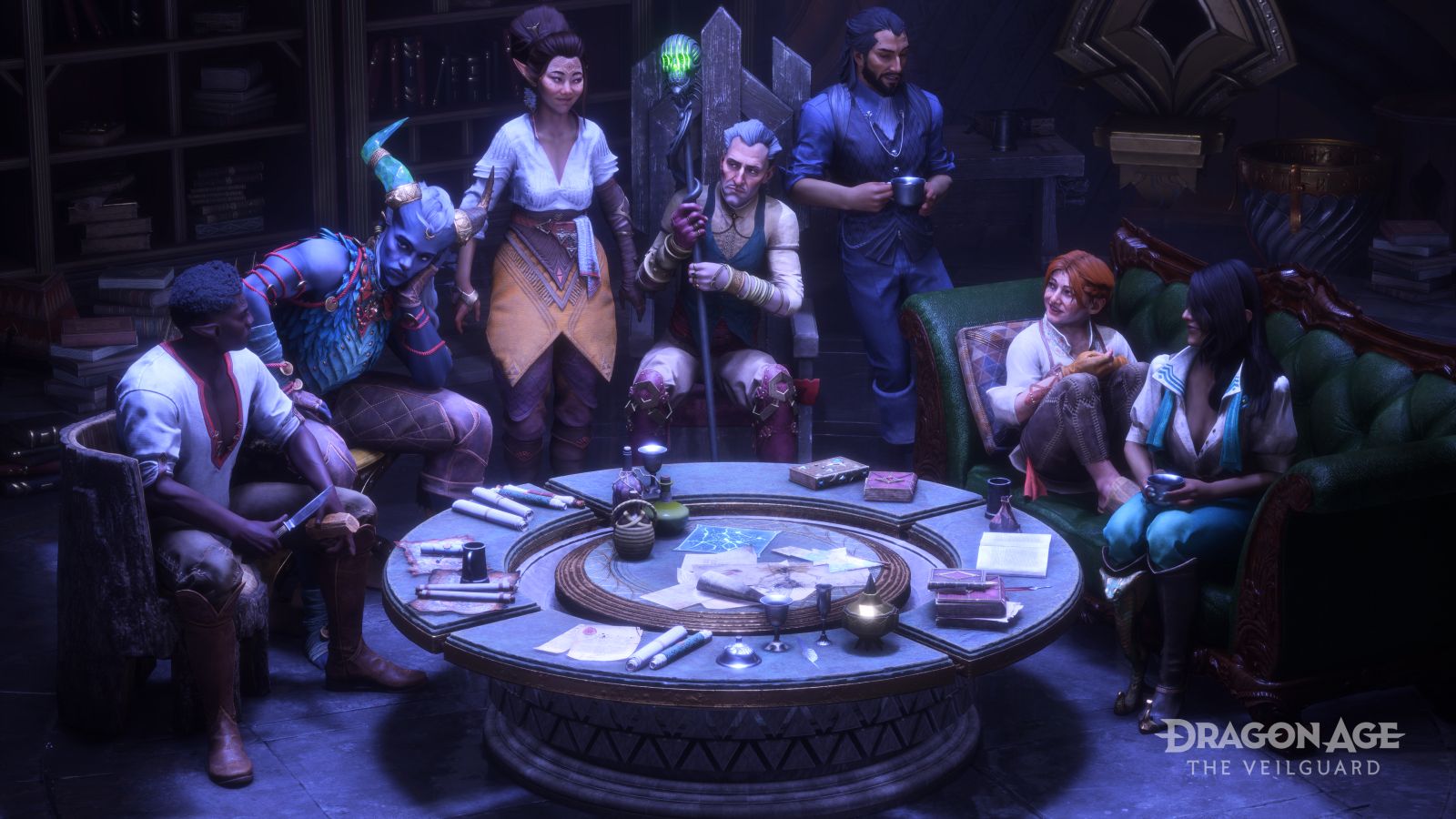
Dragon Age: The Veilguard is the continuation of the Dragon Age series, and with a decade between this title and the previous, the team at Bioware have taken a beat to revisit what makes a Dragon Age game what they are. Is it choice? Is it writing? Graphics? Companions? Expansive worlds? Deeply-rooted lore? Details? Frankly, it’s all of these things, and so much more, and with that impossibly-large task in hand, the team got to work. In development in various forms for a long time, it’s great to see it finally come together, but the previous games have set a very high bar. What lessons could Bioware learn from their last few games, and how could they bring returning fans and new players to a story already in motion? A daunting task indeed.
To kick things off, I didn’t dive directly into character creation, but instead spent some time in an area you don’t typically see in a preview — graphics and accessibility. The machines we were using were well-kitted, using RTX 4080 GPUs. Realize that we are still roughly two months from launch, so drivers are not optimized yet. As such, preview code tends to run a little choppy or have features not quite ready for primetime, but the list of disabled items was actually pretty short — Frame Generation, Ray-traced Reflections and Ambient Occlusion (both set to “selective”, not disabled), “Ultra Ray Tracing” (not sure what that is quite yet), and HDR, and despite that the build was running at 1440p and 60Hz with a framerate that never moved off that mark. In 22 years of covering games, I can count on one hand the number of preview builds that have run this smoothly. It was also nice to see an FOV slider, for those who need that from a nausea-battling perspective.
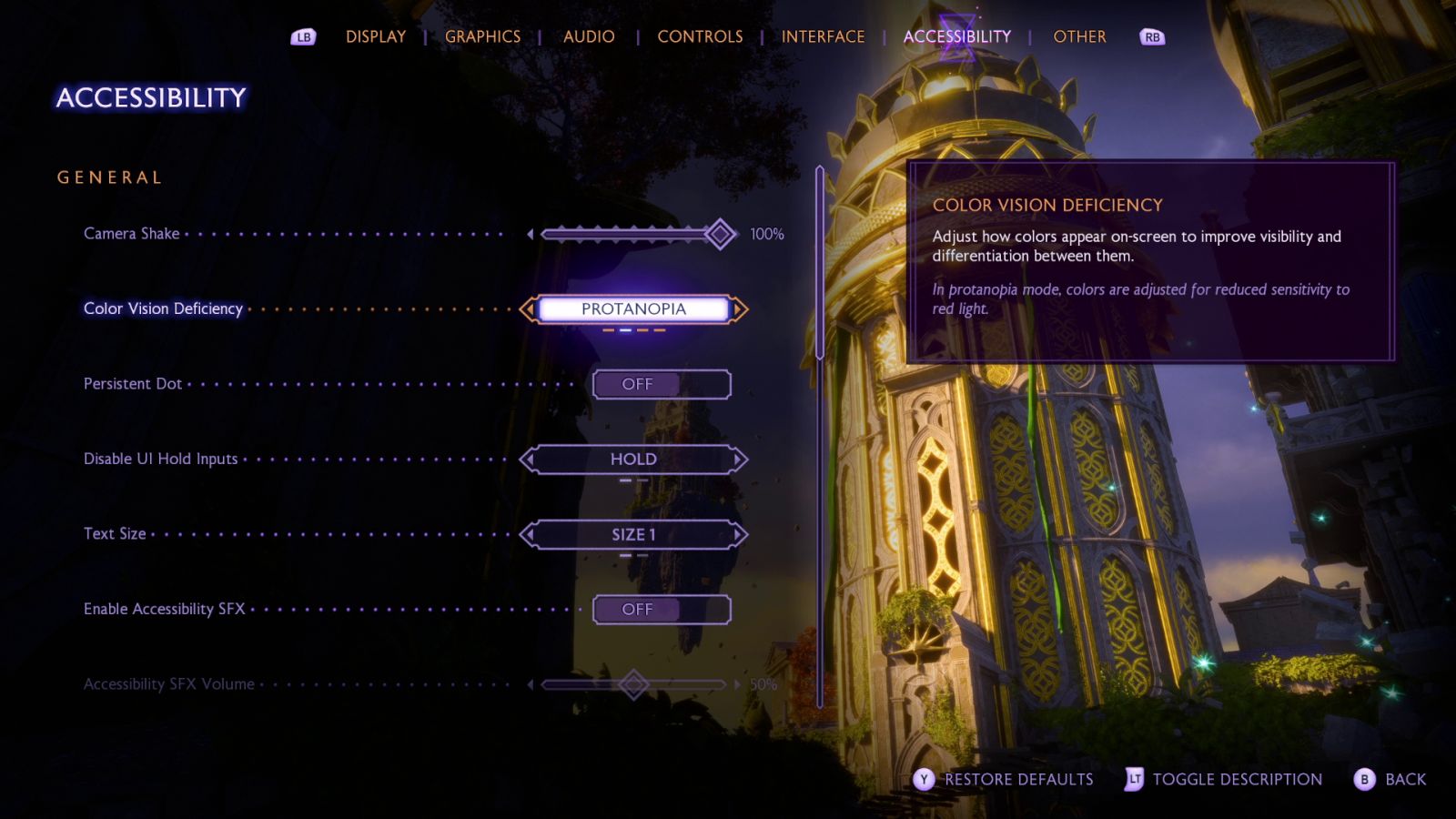
Flipping over to Accessibility, it came as no surprise that Bioware has worked hard at inclusion here — a theme that would run throughout this preview and this game overall. You can adjust camera shake, choose from four color vision deficiency choices (Protanopia, deuteranopia, tritanopia, and off), drop a persistent dot on the center of the screen (which can be used for sight-impaired folks to have a “true north” from which to navigate), and adjustable hold inputs (tap vs. hold). Other examples include two sizes for subtitles, accessibility sound effects (audio cues for things like incoming attacks, targeting lock-on and conversation wheels), an “Enable Glint Ping” (an optional ping sound like you heard when scanning in Dragon Age: Inquisition, with a sound loudness adjustment), and whether you’d like a red indicator on your screen edges when you are low on health. These are joined by subtitle visibility options, and six additional advanced subtitle choices such as color, directionality, NPC names, subtitle background opacity, and there’s a fade in or out on the animation if you find the subtitles popping onto and off of the screen distracting. Diving into controller vibration, there are seven different sliders and toggles on intensity for things like combat, cinematics, assists, and more. Finally, in the “Other” tab, is one more toggle you should probably consider — whether or not you’d like nudity in the game or not, as it’s on by default.
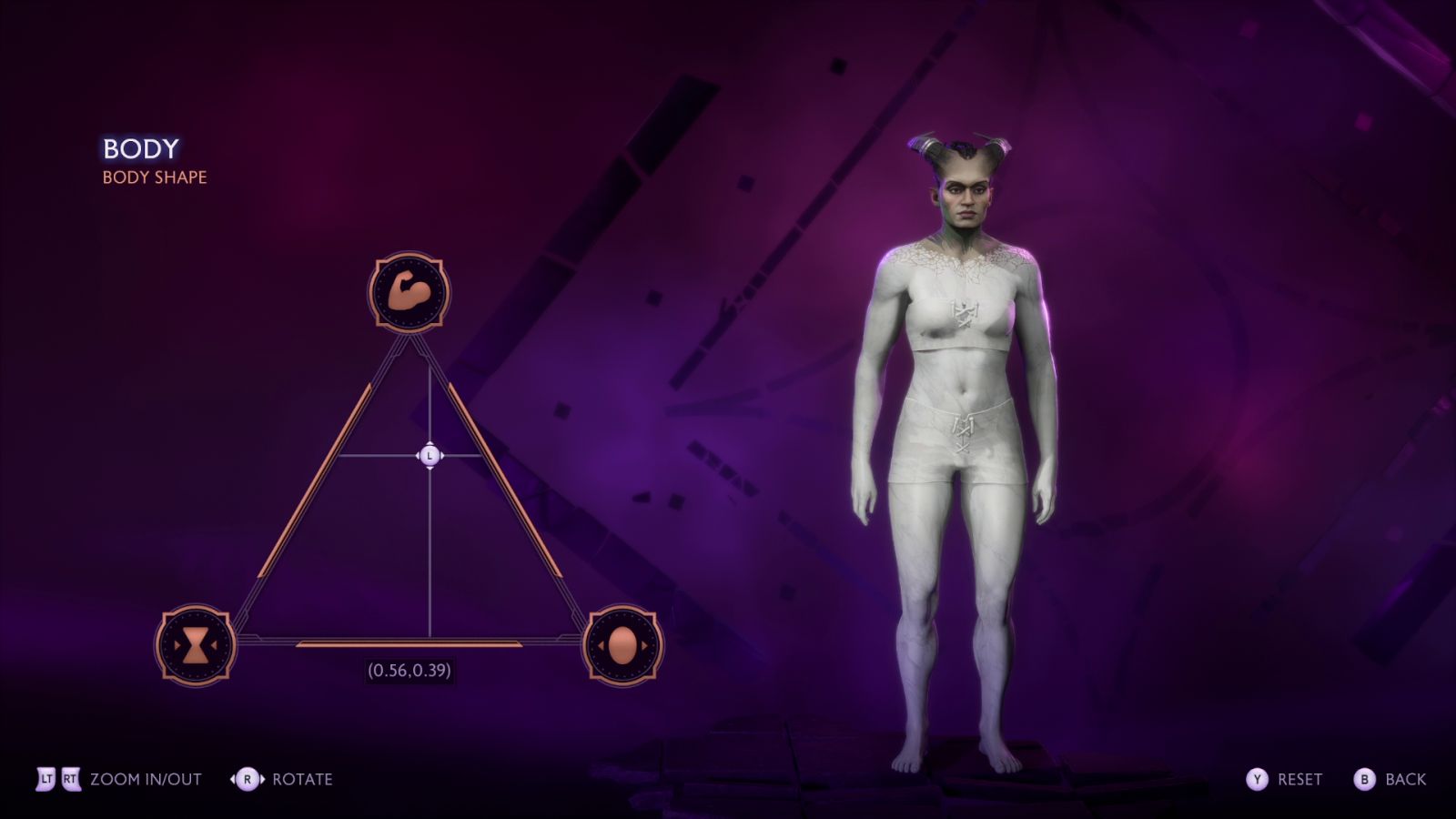
Getting started with my actual hands-on time (this is the first time anyone other than internal EA and Bioware employees has played the game) it’s without reservation that I say that Dragon Age: The Veilguard has one of the very best character creator systems I’ve seen in any game, on par with the likes of RPG powerhouses like Baldur’s Gate III. First you’ll pick your lineage, which is a fancy way of saying race. Namely, Elf, Human, Qunari, or Dwarf. From here, strap in, you’ve got a lot of customizations to make. Yes, there are presets, but once you’ve selected your pronouns (he/him, she/her, they/them) and gender (male, female, and non-binary), you’ll dive into the head customization. Here you’ll find another 30 head presets, and then a triangle for shape. All of the customization systems revolve around a triangle that blends and morphs, with a handy grid position value so you can replicate them once fans get to making their favorite Khaleesi, Commander Shepard, Obi-Wan, Freddy Mercury, Keanu, or whatever else your imagination conjures.
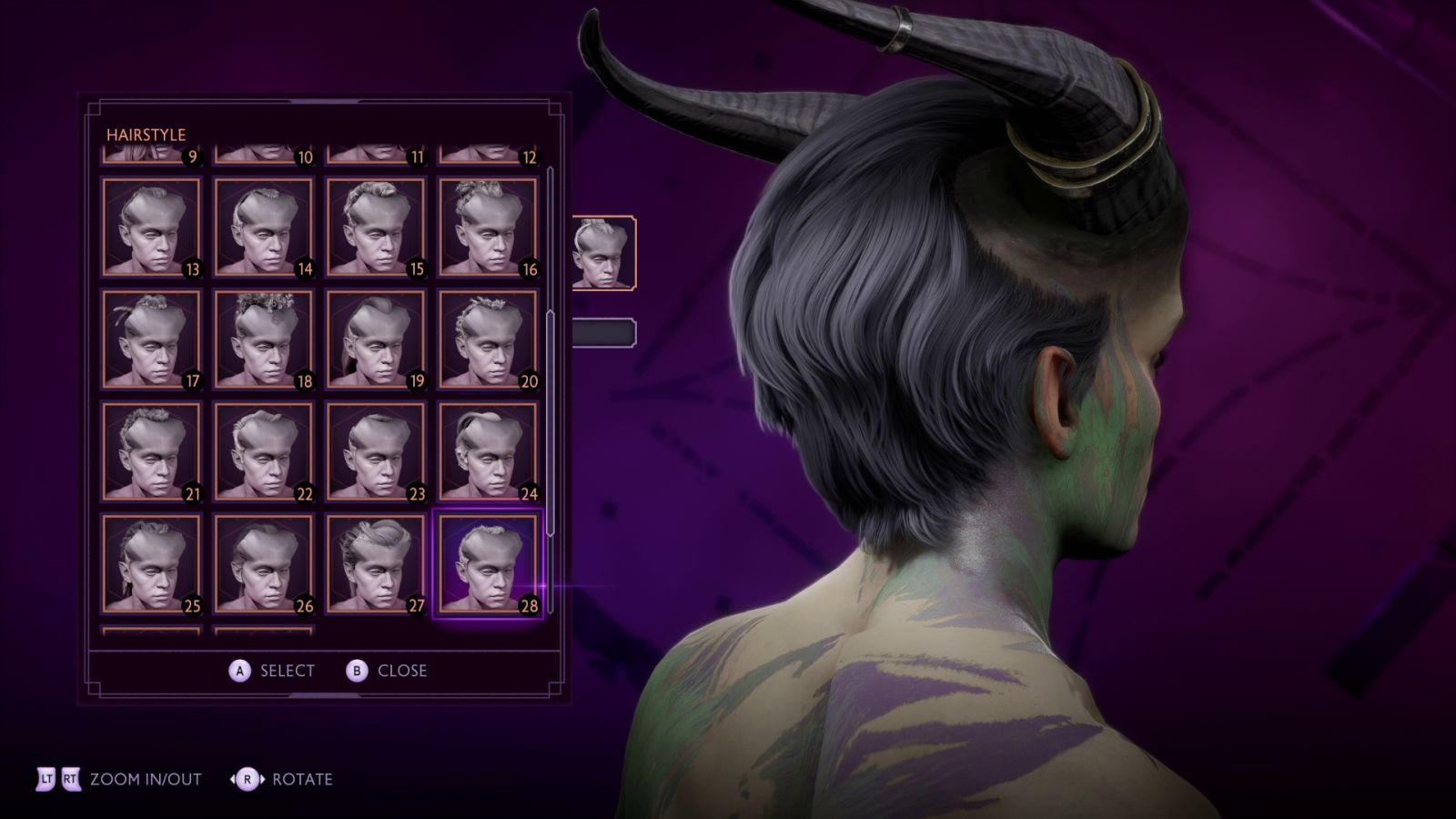
Complexion, vitiligo and its intensity, dozens of minor and major adjustments for brow spacing, head flatness, skull width and depth, jaw position, and small details on the amount of double chin your character might have are a tiny sample of a far, far larger list of additional head customizations that are then easily duplicated in the body sliders. It’s also joined by dozens upon dozens of hairstyles (wow, we will get back to this later!) 44 facial hair types, and 49 horn types for Qunari with 8 material types for horns, a dozen metal types for horn accents, and a dozen crystal types to integrate. An impossible amount of makeup choices and configurations, 22 tattoo types, and again more color choices round out the customization. The fact that I saw another press member still tinkering with it an hour after we kicked things off says everything that needs to be said.
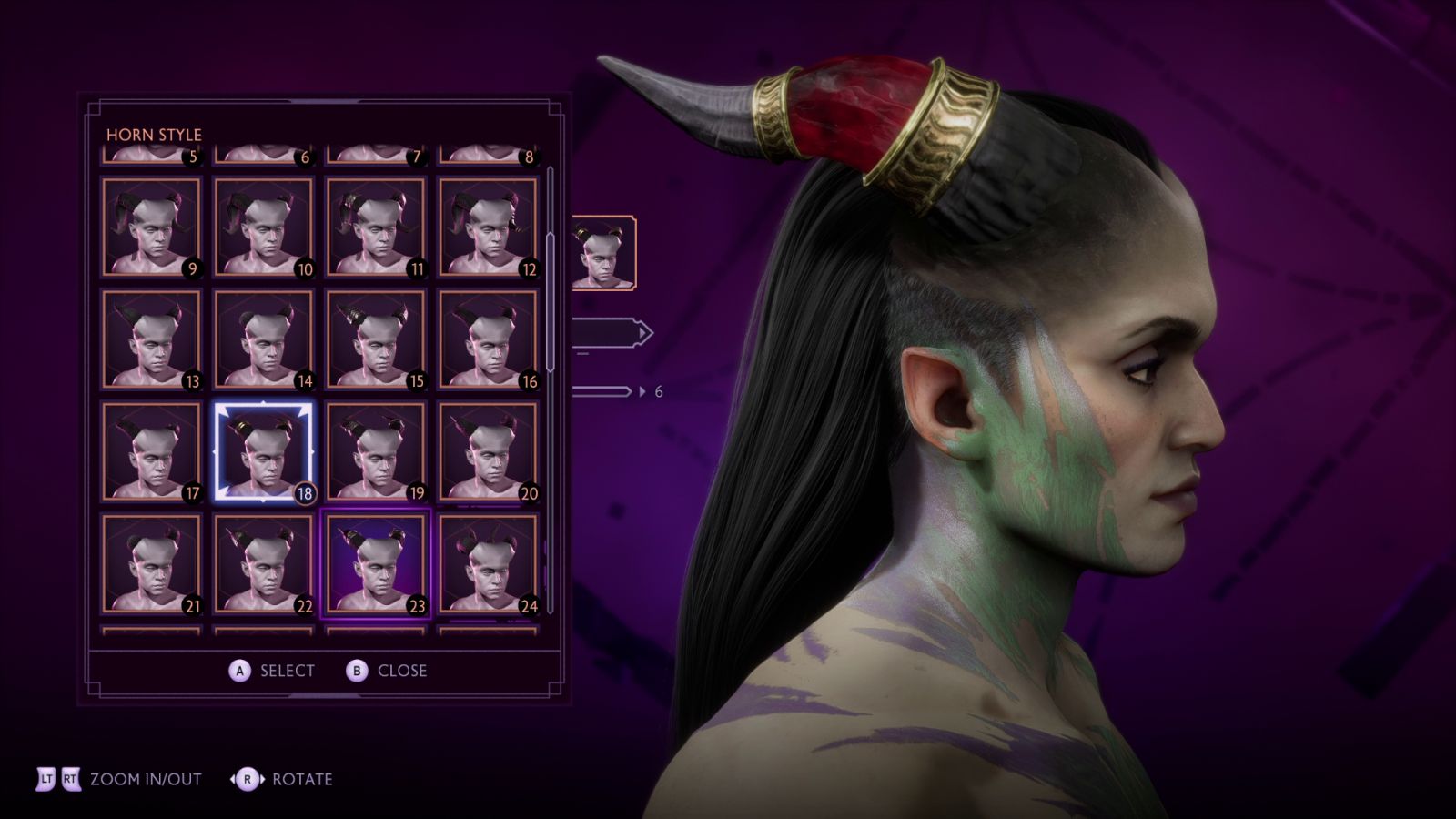
With your character looking the part (and there’s a mirror to change it anytime you want once you get roughly an hour in), it’s time to choose a class. As is tradition, you’ll pick either Rogue, Mage, or Warrior. There are further specialization options once you hit level 20, and you’ll get a brief look at those possibilities before you lock things in. From here, it’s time to choose your Faction. Veil Jumpers, Grey Wardens, Shadow Dragons, Lords of Fortune, The Mourn Watch, and Antivan Crows are your options, and each one has a specific advantage (e.g. “Gain reputation with the Antivan Crows more quickly”), a damage upgrade (e.g. “Deal increased damage vs. Antaam”), and a special trait (e.g. “Your class-specific resource regenerates slightly faster”). This Faction choice will also set your Surname as you are a direct member of that faction. Playstyle is another fancy way of saying “difficulty”, and there are five of them, as well as a custom option that allows you to tweak things like incoming damage, enemy aggression, tactical challenge, and defend timing. Like all Dragon Age titles before, many of these customizations directly affect dialogue and action choices throughout the game, though it’s hard to know when these will appear — keep an eye out for them. Your first name, voice, and the pitch of it are your last customizations for now, and it’s FINALLY time to return to Thedas.
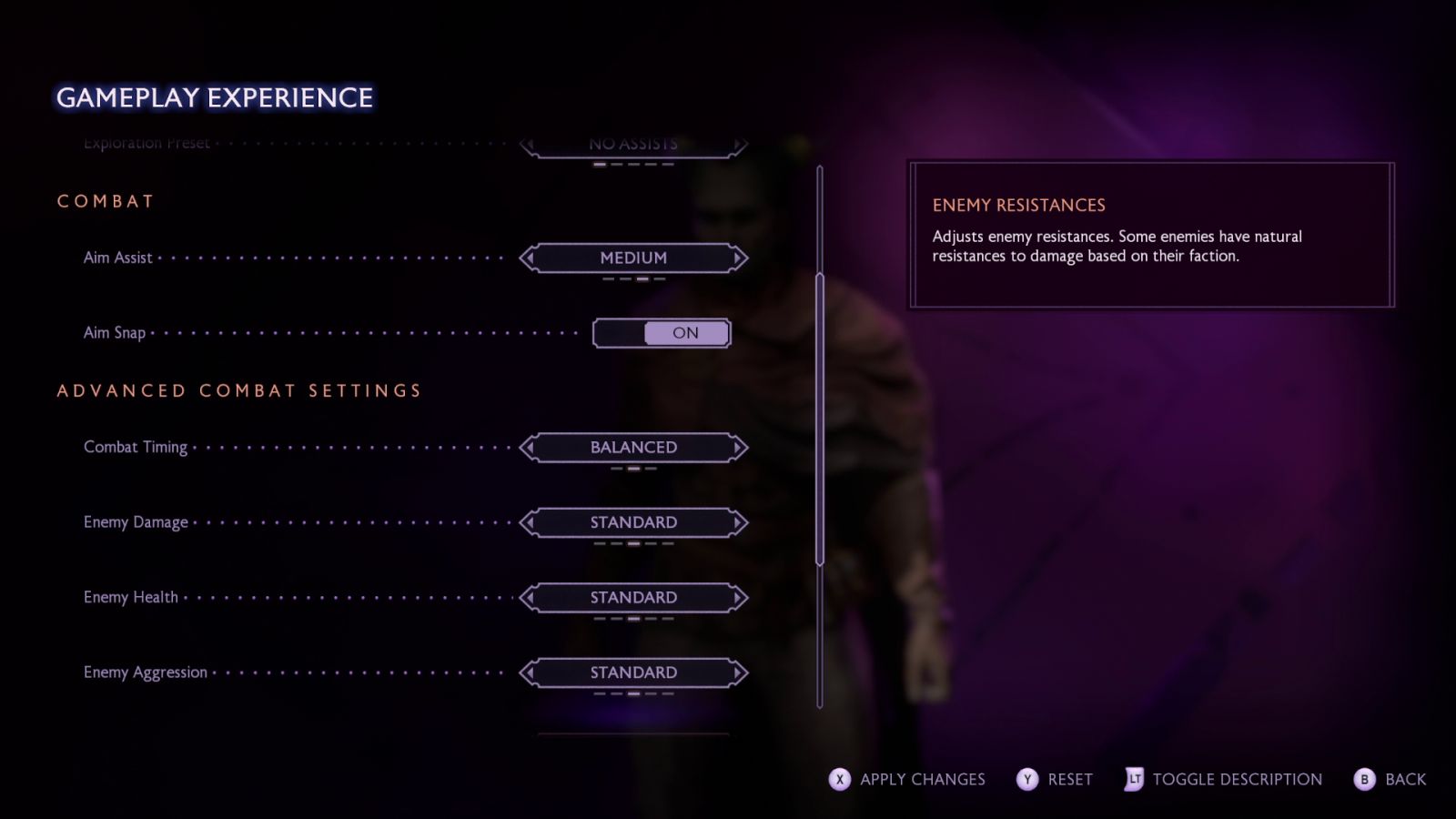
I will do my level best to keep spoilers light, and when that’s not possible, mark them clearly. Let’s go!
The first part of the hands-on time we had was with the same content we saw in the extended gameplay video released during Summer Games Fest 2024 – the prologue. In it we are introduced to the player, reunited with fan-favorites Varric and Harding, and introduced to newcomers like Neve Gallus. The Tevinter Imperium is under attack by demonspawn as a ritual being conducted by Solas rips a tear into the Fade. As fire and death grip the capital city of Minrathous, the player (Nicknamed “Rook” by Varric) finally closes in on Solas. Varric asks to try to talk some sense into his friend / ancient Elven God (it turns out, that’s actually a choice as well – you can support his approach, or not, though I’m not sure Varric isn’t taking no for an answer), knocking both unconscious for their efforts.
*light spoilers*
Rook wakes up in a completely unfamiliar place, the player finds themselves in a sort of lighthouse. This lighthouse, however, is located within The Fade, granting access to the superhighway-like systems that are granted by this world that lies underneath the physical one. This lighthouse will serve as a central hub for the game, allowing Rook and their companions to strike out to the many locations throughout the game, and serving as a headquarters for the team. It’s here that you’ll upgrade equipment, unlock new paths, and meet other characters that will provide support for Rook and their mission. In this first entry into the space, we also run into Harding and Neve, one of which will be wounded and limping along after you picked between them for the fight against Solas.
*end light spoiler*
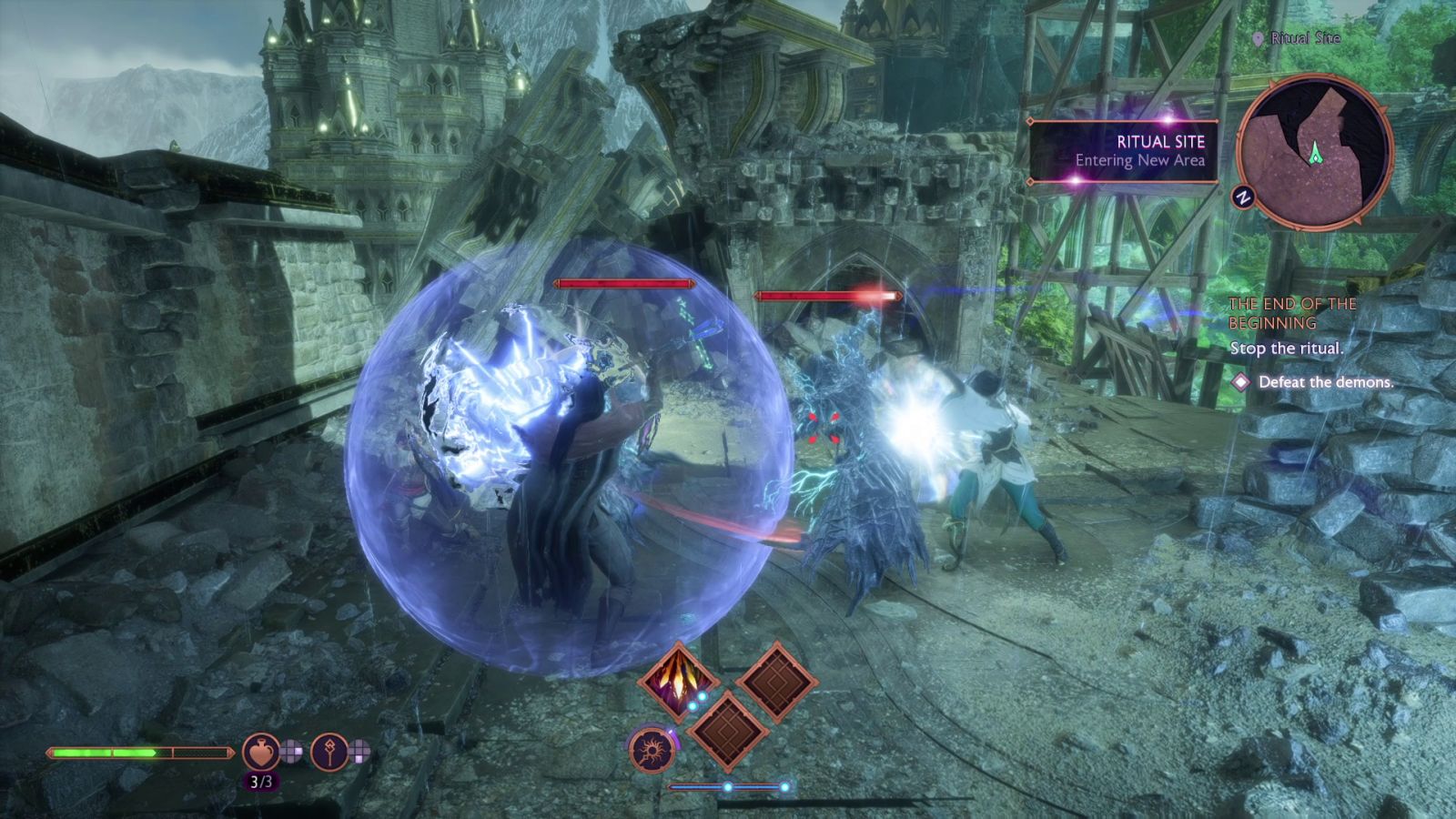
The controls for Dragon Age: The Veilguard are an interesting step for the series. Each Dragon Age title has reinvented itself, and nowhere is that more true than combat. Dragon Age: Origins leaned heavily into pause-and-play tactical gameplay, something early-days Bioware had perfected with games like Baldur’s Gate, Neverwinter Nights, Star Wars: Knights of the Old Republic, and Jade Empire. Even in those examples, you can see a progression that we also see mirrored here. The team was wanting to keep players engaged and pausing less, and nowhere is that more clear than in games like Mass Effect 3. Here we saw that control scheme further refined with an evolution on the previously-seen command wheel so common to console versions of various games. While the game played well on PC with mouse and keyboard (and is normally my go-to), I found myself more effective with a controller. X allows you to lob a light attack, and holding that button charges it up for a stronger armor-breaking attack. Left Bumper lets you block incoming attacks, based on your character. A Mage will put up a magical orb that absorbs incoming attacks, and a melee-focused rogue will hold their weapon aloft to deflect an incoming attack. A warrior will use their shield in a similar fashion, albeit with greater effect. All three are capable of a perfectly-timed block, allowing a counterattack to great effect. Pressing B will cause Rook to dodge, and tapping it again will perform an extended dodge, though how that manifests itself greatly depends on the character class in action.
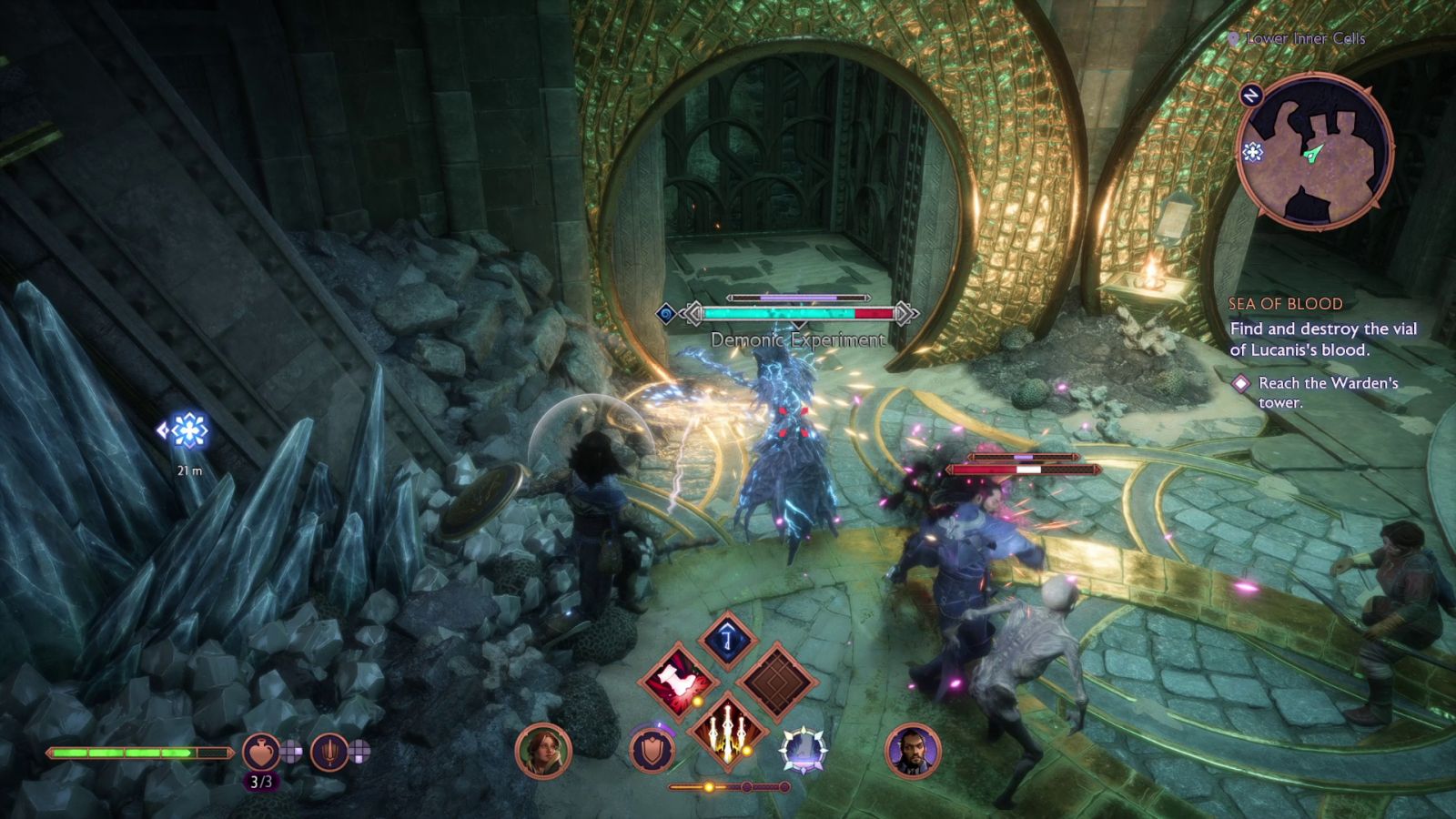
Bringing up the action ability wheel reveals the normal circle in the center for your character’s choices, with an additional side section to each side for the actions of your party. The top of the ring also gives you direct command of your team to have somebody attack a particular target, or even to have both attack the same one. It also calls out potential team-up choices with a symbol, letting you clearly see how you might stack up some skills or magic for greater effect. This replaces the pausing top-down functionality, keeping players in combat with only a brief pause to make critical before dropping you back in the thick of things. The main character and all of the side characters can equip up to three primary skills, as well as an ultimate attack, with all but that ultimate being able to be unleashed here, or with a button combo.

Once you’ve unlocked them, these powers all have a power cost. Mana, rage, or momentum values gate how often you can unleash these, and each can inflict a number of status effects. In fact, a quick look at the extensive lore book reveals that there are dozens of possible status effects, positive and negative. These can be effects that improve your attack speed, add an elemental effect, burning, electrified, blighted, and much more to keep you on your toes as you’ll need to counter or capitalize on those effects as appropriate. A mage might unleash a line of fire that inflicts burning on anyone in the path, a rogue can dodge and fire a magical arrow, and a warrior can straight up double-leg drop kick a foe in the face. All of this being entirely up to the player, thanks to an absolutely ridiculous upgrade path that’ll cause completionists to twitch.
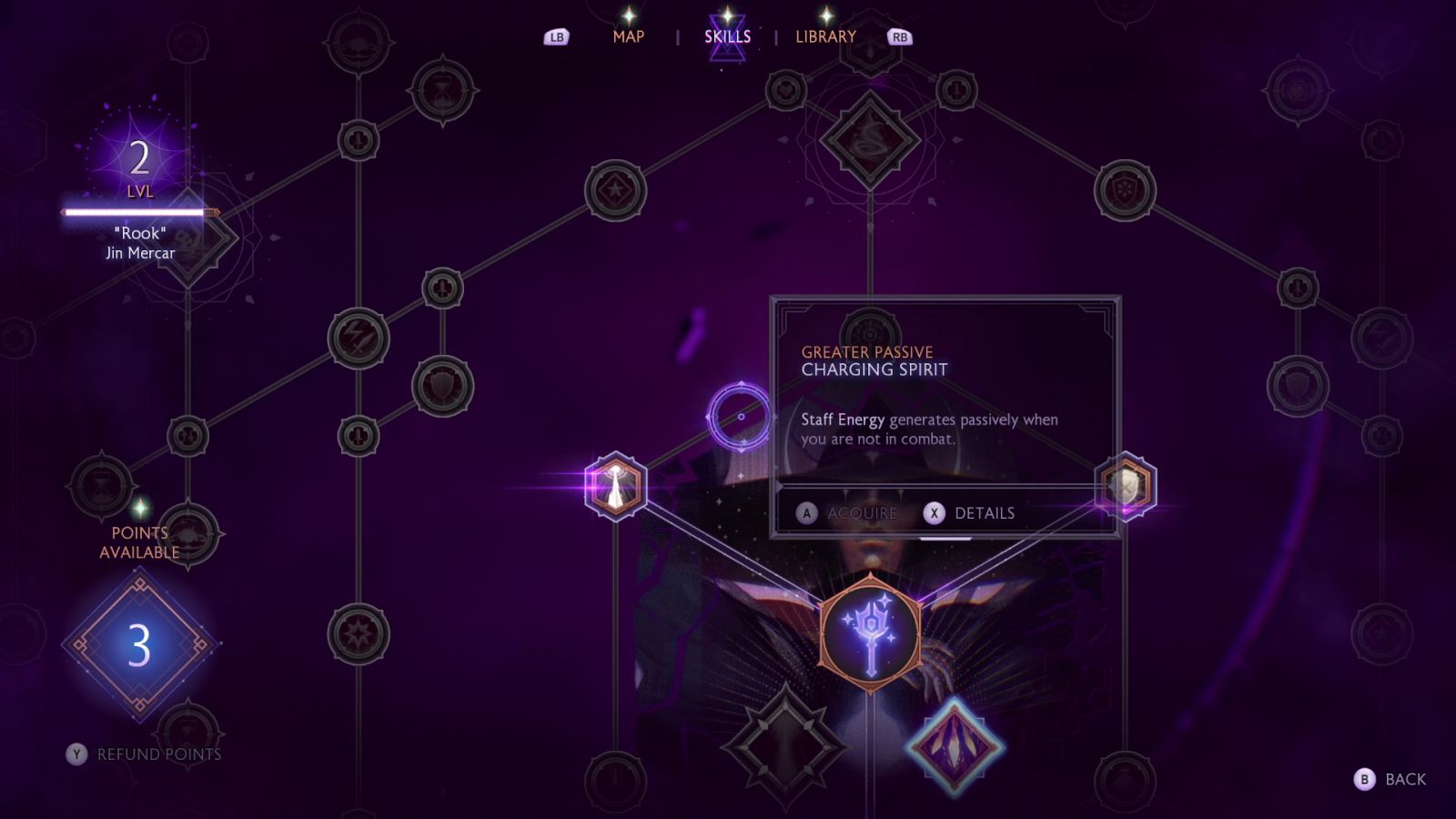
You’ll eventually go up a level and earn a point to put towards an upgrade. These provide additional attacks, specialized versions of powers or skills, bonuses to various effects, passives, traits, and specializations, and there is visual language to communicate that – a trend I saw time and again. A large circle is a class skill (weapon proficiencies and core skills), whereas a diamond shape denotes a new ability. A medium sized circle is a major passive or an upgrade to an existing skill (e.g. improved knockdown, fire, acid, etc.). The small hexagon is a trait, which adds new smaller abilities like counter-attacks, blocking incoming projectiles, better dodge skills, and the like. Finally, a small circle is a stat boost or minor passive skill, such as rage building or mana regeneration.

I can’t convey just how differently each class plays from one another, and it’s very clear that Bioware agrees as there are control defaults you can select in the menu for each. They understand that the control scheme that works well for a warrior just doesn’t quite click the same for a mage. Switching between all three at the event (not sure if I was supposed to do that or not, but I digress) at various points in the day, I found that each had a very distinct playstyle. I can describe them, but again they’ll be a product of the skill choices I made, not necessarily matching what you’ll experience when you play.
By way of example, I picked a mage that could freeze and shatter foes, but also unleashed raw magical shards at them as projectiles. She could also engage at close range with a dagger when needed, inflicting all sorts of painful status effects such as necromantic damage, burning, and more, although this is obviously not her strongest trait. The rogue was specced for speed and arrows, raining hundreds of them from the sky, leaping through the air and pinning foes by their feet, or dashing in with twin daggers flashing. The warrior was a traditional sword and board fighter, with a backup maul as a two-hander, but the way they moved through the space was more akin to watching Captain America fight Bucky at close to medium range, including throwing their shield to great effect. More than previous games have, these choices should create some very different playstyles to explore. Enough where I could see replaying the game three times just for how different these classes really are.
To support your class choices, you’ll be making decisions about equipment, but like the storyline and the level design, these are now more purposeful than before. In the beginning, you’ll find very little equipment while you are learning the game’s various systems. As you learn how your skills and combat functions, you’ll begin to find more and more equipment, eventually filling your weapons, shields, armors, helms, belts, rings, and more. These fall into the usual colored bands, but upgrading them is accomplished a little differently here — I won’t spoil the particulars. You’ll also be equipping and upgrading the party members, so keep an eye out for their gear as well. The visual language we’ve seen elsewhere also persists here. Small bags often contain minor decorations for your home, or loose coins. Small chests are likely to have a belt or something minor. Medium sized chests have things like helms or rings, whereas a large chest has swords, axes, staves, daggers, armor, and more. Simply put, the bigger the box, the bigger the reward.

Most of the time your equipment is incomplete when you first receive it. A basic +6 Woodsong Cleaver is a solid axe that can do some physical damage and with a bit of stagger effect. With the first pip unlocked it now has a 15% Rage generation trait. Further upgrades will push that rage generation all the way to 100% as you take damage, whereas a second pip increases barrier and armor damage by 1% for every 2 rage you generate. The final pip regenerates rage over time while in combat, further fueling the combination. This gives your weapons more purposeful longevity, rather than swapping them out frequently.
It wouldn’t be Dragon Age without a full enchantment system. It operates in a similar fashion to Inquisition with the ability to select from a rather large list of potential improvements such as +20% Agile Attack Damage, +40 added electricity damage, +40 added cold damage, or +40 added fire damage, just to scratch the surface on the shield I happened to look at. These all have resource costs, so keep an eye out for various collectables in the world.
When you find a piece of gear that looks especially cool, you might be reluctant to swap it out — it’s the rule of cool. Well, Dragon Age: The Veilguard wants you to look as cool as you feel, and they enable that through a simple system that lets you select your weapon, armor, and equipment’s appearance. There are dozens upon dozens of equipment looks, so I’m sure you’ll find something that appeals to you.
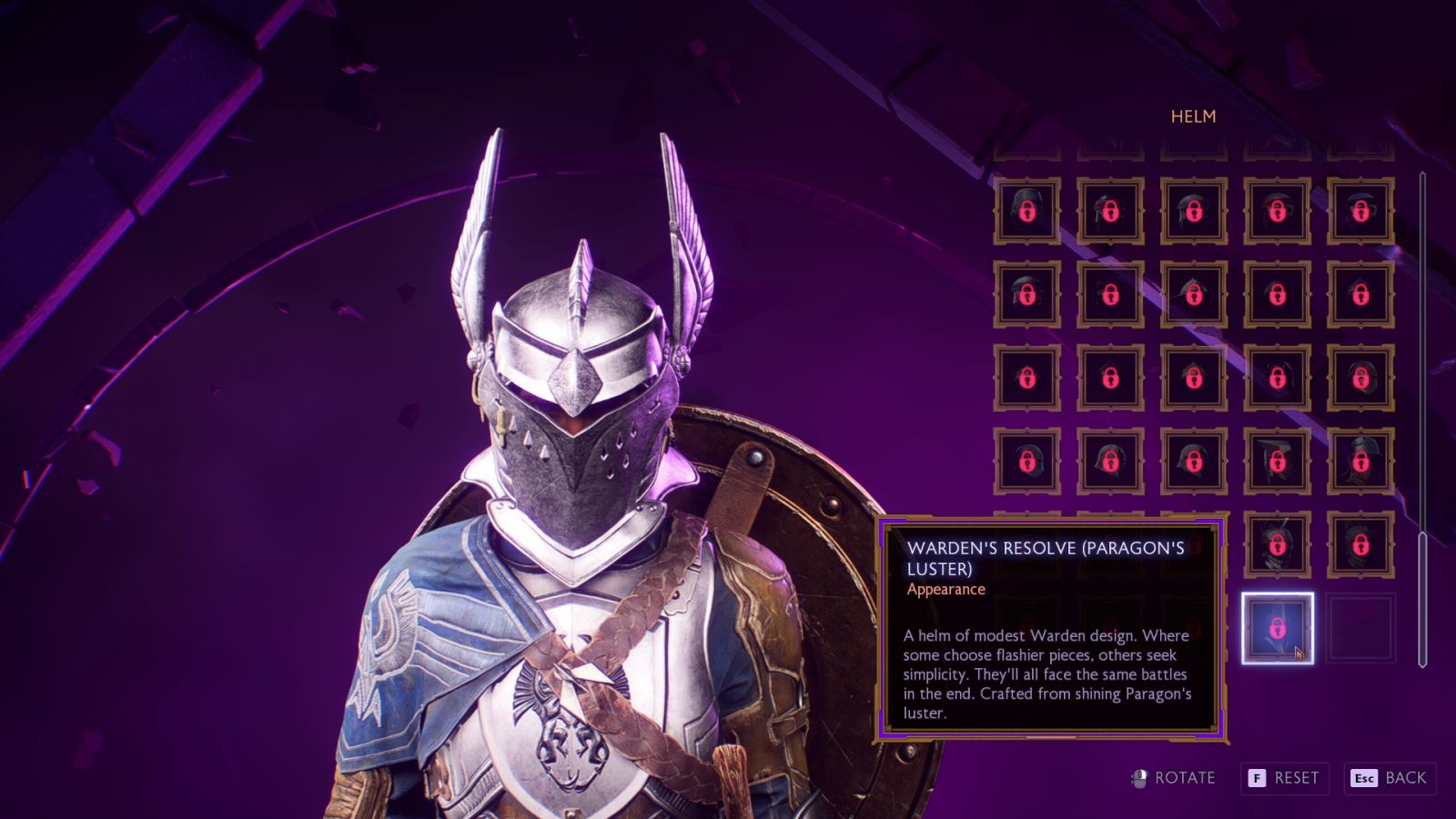
Back to the events of the day, we visited five distinct slices of the game to demonstrate the various elements without ruining too much – just a taste of what’s to come. As such, it’s a bit of a parade of character rescues, recruitments, and a handful of serious decisions, all presented in a very concentrated form. That also means it’s hard to really get your teeth into the relationships before you’re bouncing onto the next. Still, the taste I got shows a depth of writing we’ve not seen for a long time from Bioware, so it was great to see that they’ve clearly taken their time and made compelling characters once more. During the second outing we head to…well, there’s no way I’m spoiling the location as it’s just too cool. Here we find an Antivan Crow named Lucanis who has more than a few secrets of his own, several of which will become very important in the fight against the Elven Gods.
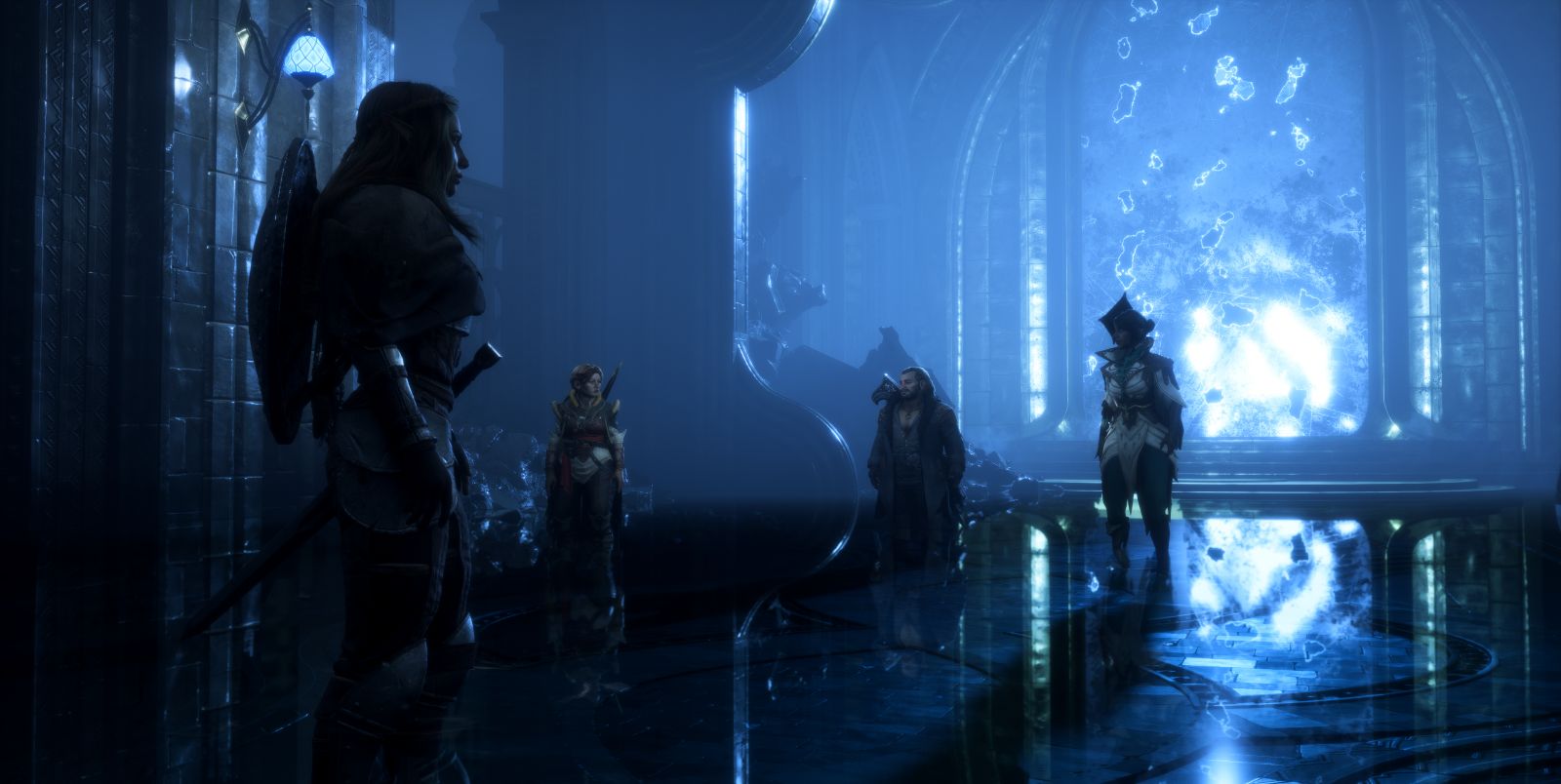
*Slightly larger, but still tiny spoiler*
There are two Elven Gods other than Solas that were unleashed during the ritual we interrupted in the prologue – The Evanuris, or “elven gods” Ghilan’nain and Elgar’nan have been unleashed upon the world, and they’re now your responsibility. Jumping ahead, you are presented with an impossible choice, and the fate of…well, I won’t say more as it’d ruin the surprise – just know that it’s both impactful, game-altering, and permanent. The sort of thing that you can’t simply save and see the other side – this will require a completely separate run. It also serves as a big skill check for the team, so prepare.
*End Slightly larger, but still tiny spoiler*
We got to see an interlude that frankly is so spoiler laden that I can’t mention a single thing about it beyond saying that the depth of character development and impactful choices is on full display here. Obviously seven hours is just a taste of what’s to come, but from what I’ve seen, this is a return to form for impactful writing.

The final stop on this blisteringly-fast whistlestop tour of the game jumped us ahead to level 30 and into an area called Weisshaupt. This area had a short brush with the combat near the end of the game, with all of your powers fully fleshed out and on display. As a warrior, perfect parries now set my quarry on fire, repelling them and allowing me a chance to counter. My weapons were imbued with various status effects, not the least of which being stagger. With a foe stumbled, I was able to close the distance and perform a massive attack, obliterating my foe or at the very least causing a great deal of damage in the process. I also got to face off with a Lieutenant named Desmal, who represented one of the massive sub-bosses that you’ll uncover throughout Thedas. Like the previous games, there are numerous side missions and optional bosses to bring the world to life and make it even more dangerous. Much and more awaits the player to search and find, and, for completionists like me, it’s wonderful news that none of it feels like filler – these are purposefully built and additive to the main narrative, not just ways to extend the runtime.
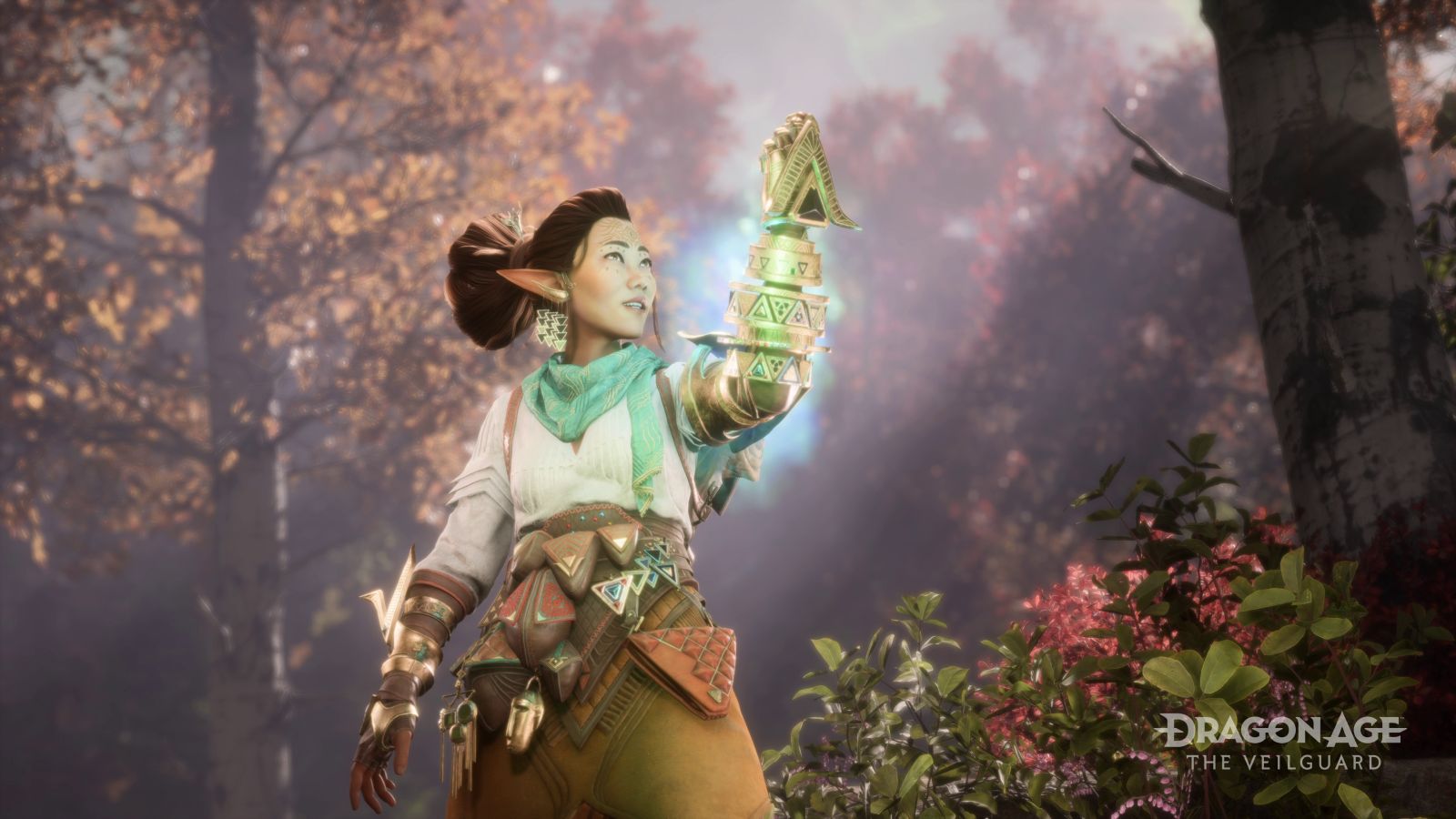
By the end of my seven hours I’d gotten the hang of parrying and countering, spells and counterspells, and flitting through the air launching arrows from all directions. The three playstyles couldn’t be more different, and it’s amazing just how balanced and fun all three felt. Each of them felt like they had a place in the party, and feeling the progression over time in that massive skill tree made it clear that the skill choices I made mattered in the end.
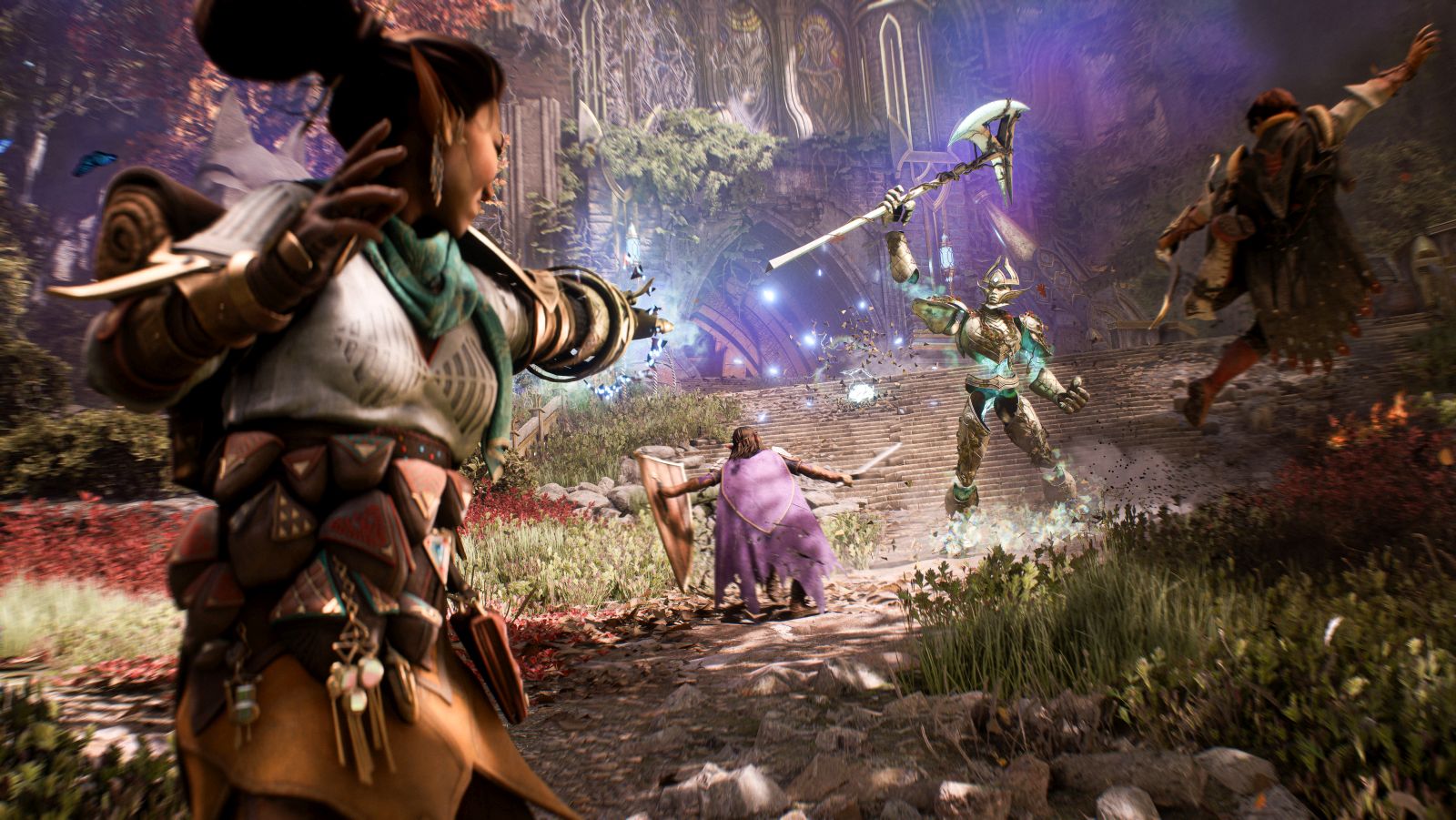
As is often the case with a game that really grabs you, the day came to a close all too quickly. It’s a great sign when all you want to do is keep playing. From the excellent graphics, the fantastic new combat systems, and a return to writing form, it seems like Dragon Age: The Veilguard is firing on all cylinders. The tighter focus serves to keep the player heavily engaged and the storyline moving, bolstered by some compelling companions that are sure to be fan favorites. It’s been a decade since the last entry for Dragon Age, but Dragon Age: The Veilguard might be the best of the series so far! Thankfully we won’t have to wait too long to find out – Dragon Age: The Veilguard hits shelves on October 31st, 2024 for PC, Xbox Series X|S, and PlayStation 5.
